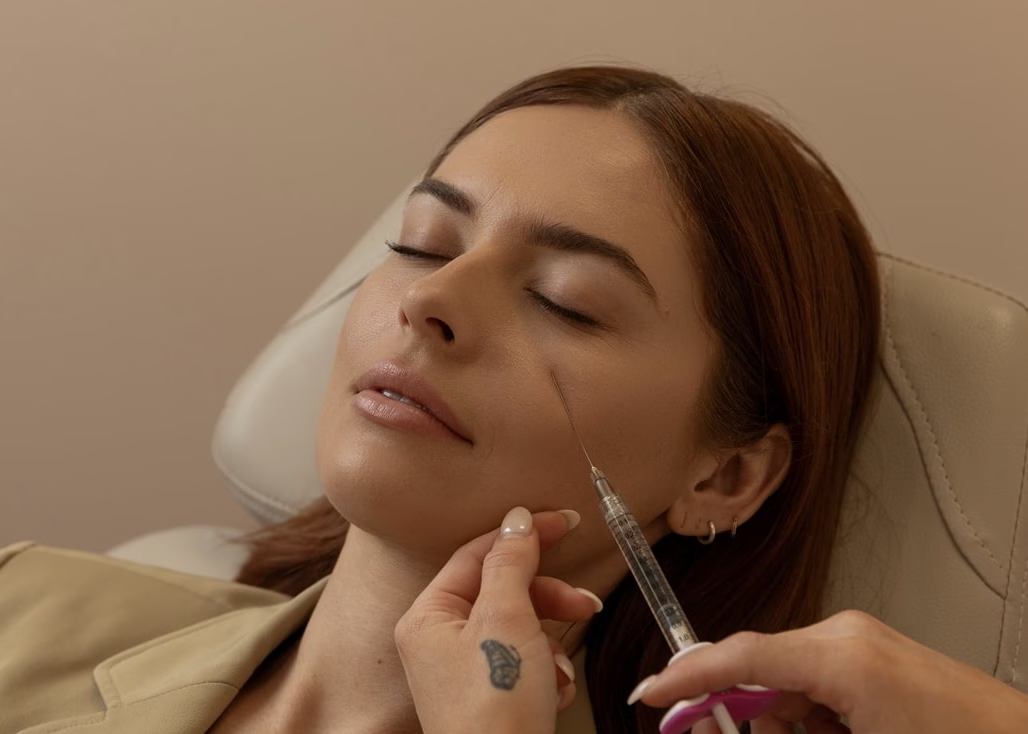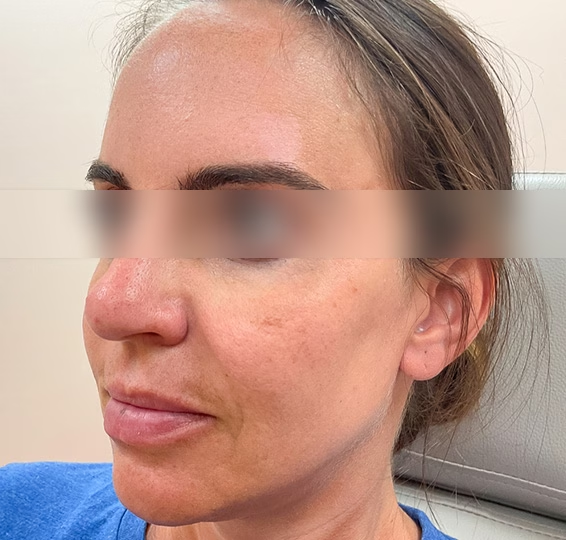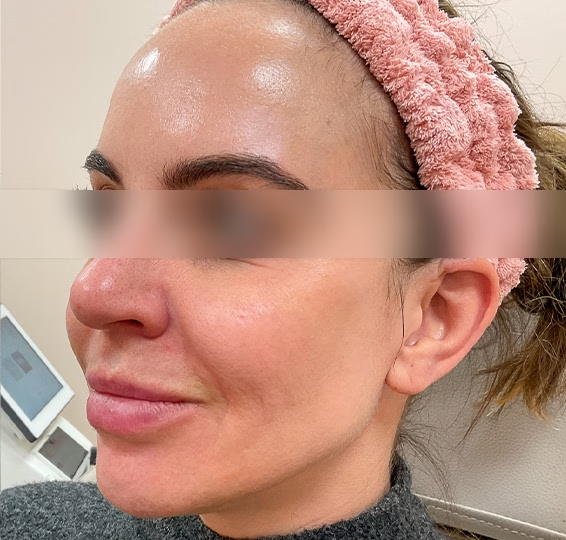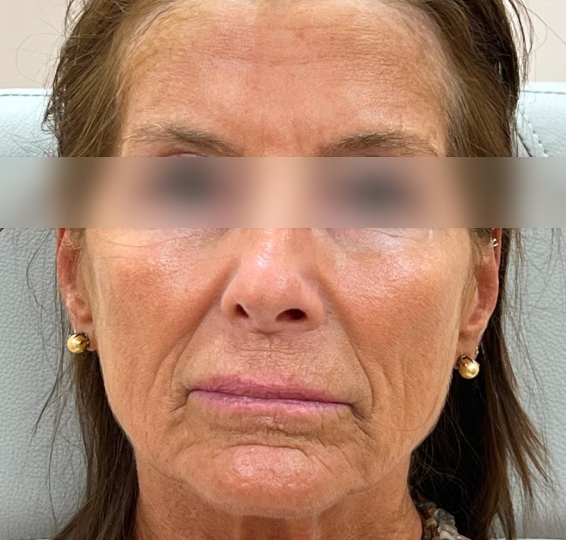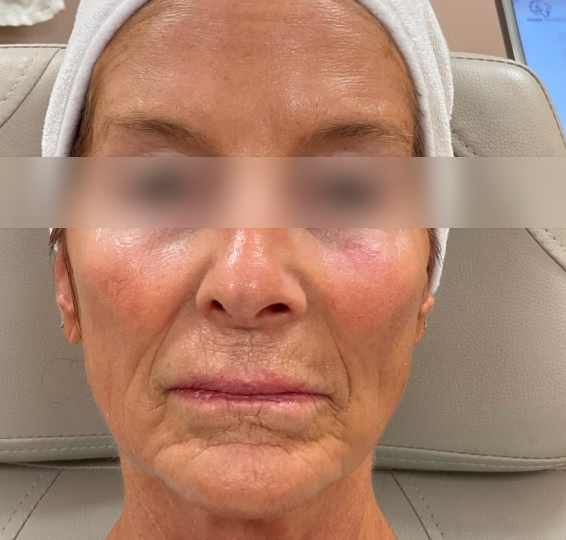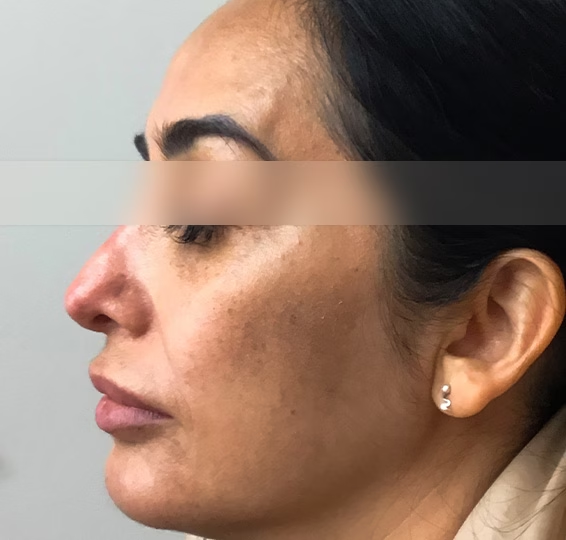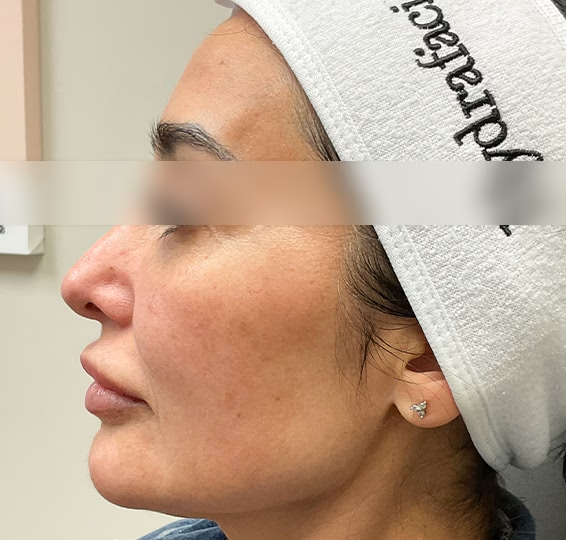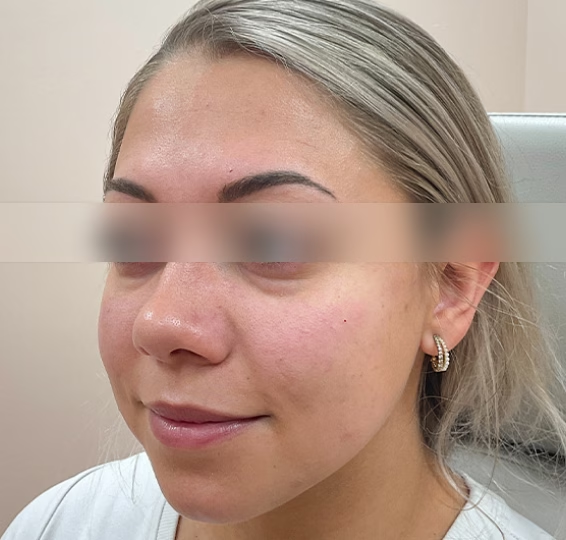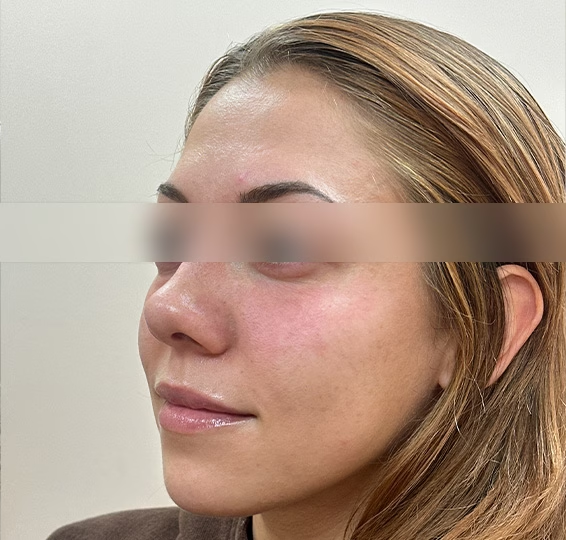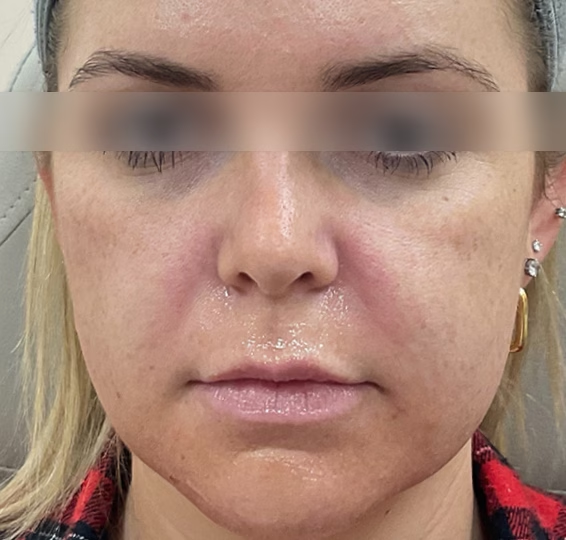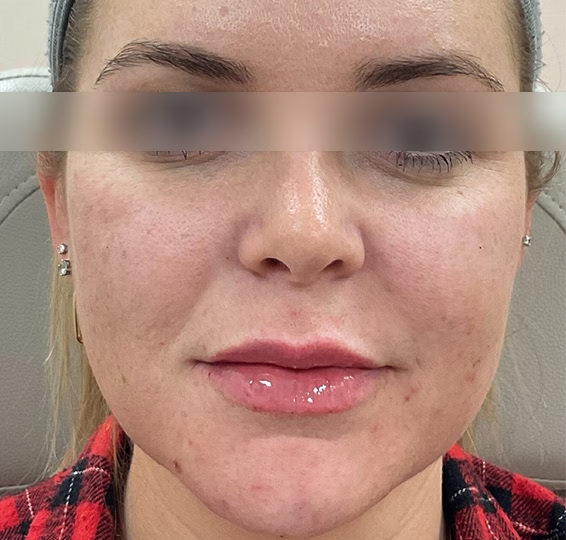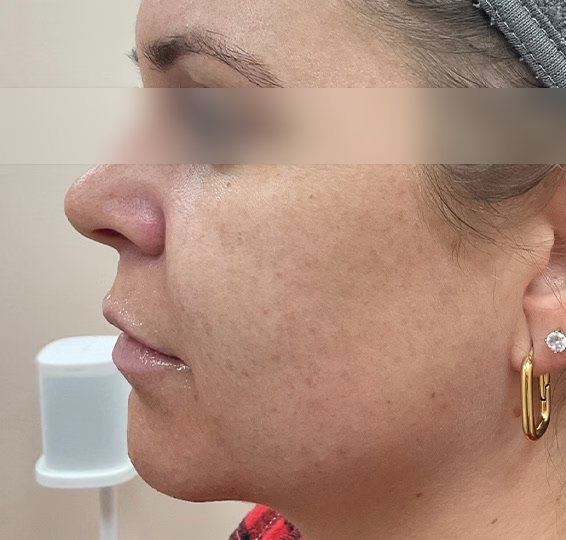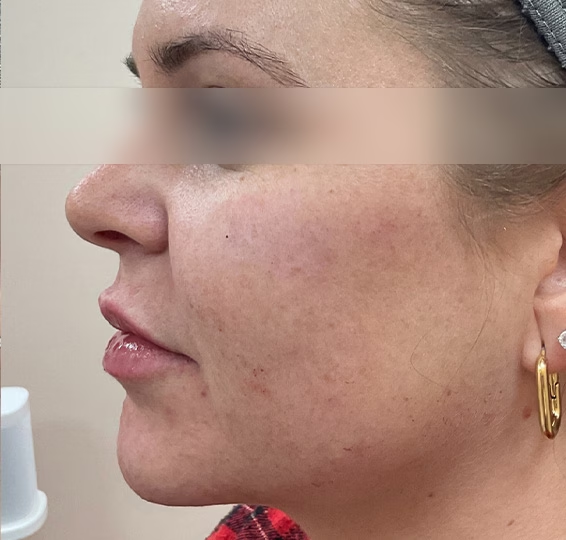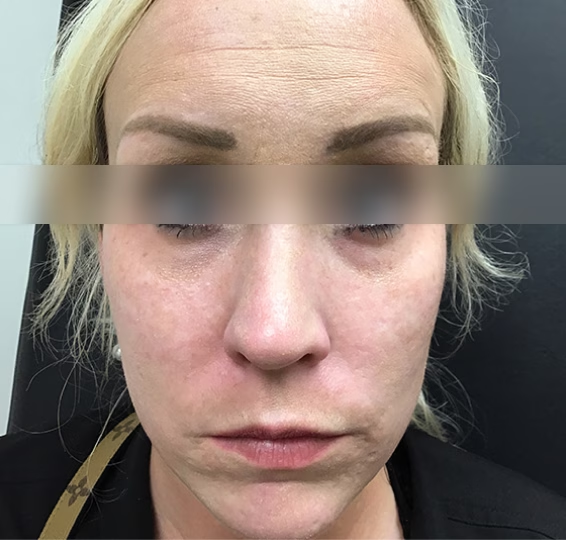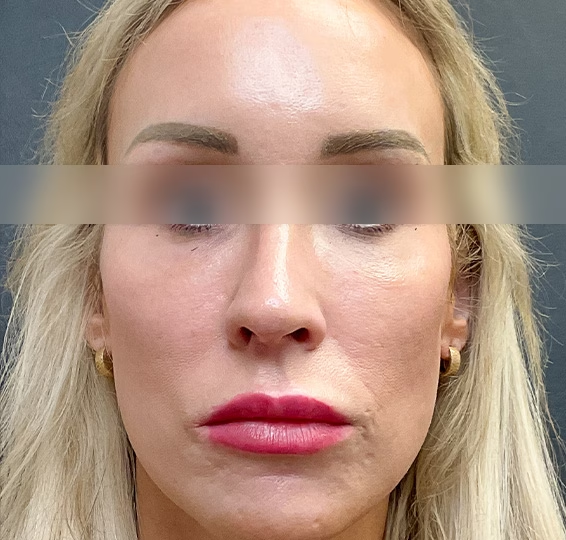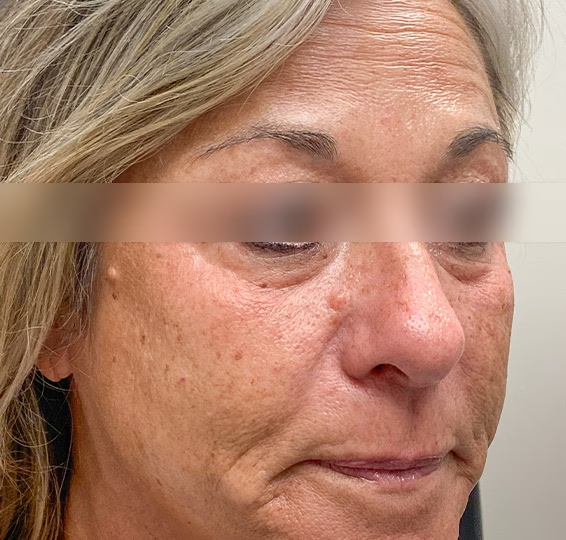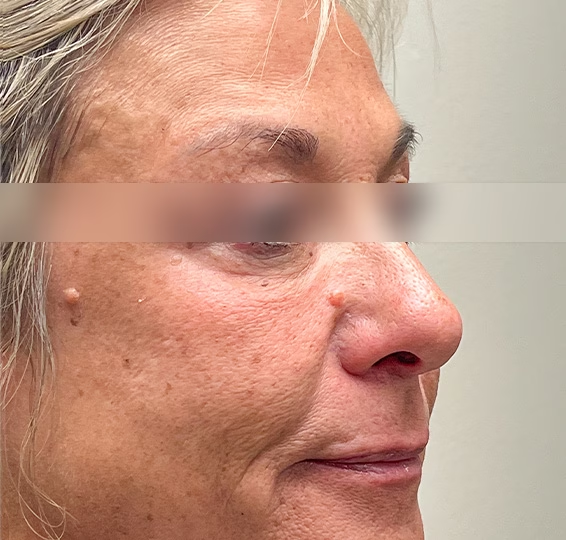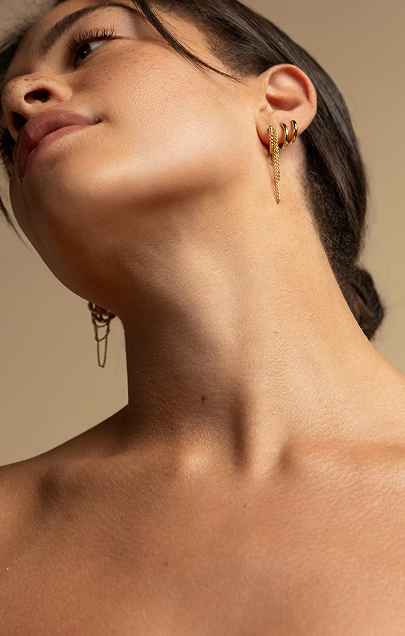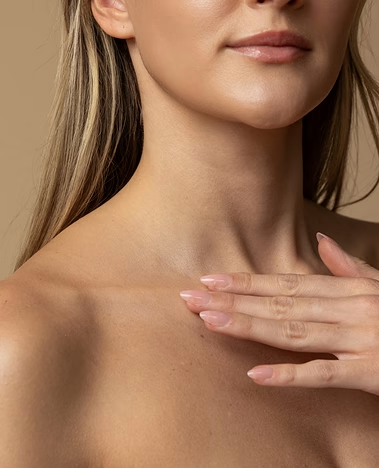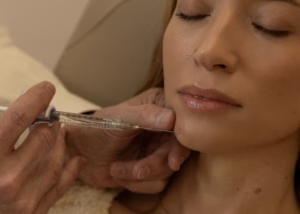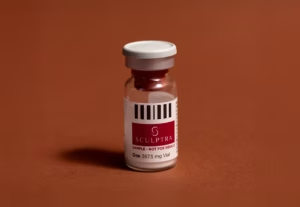Treatment FAQ
View All FAQsHow should I prepare for Mid-Face Dermal Filler treatment?
- Schedule dermal filler at least two weeks prior to events.
- Hold off on dental work and vaccines for 2 weeks prior to treatment.
- Discontinue use of fish oil, aspirin, ibuprofen and other anti-inflammatories for at least 1 week prior to your appointment to reduce redness and bruising.
- If prone to bruising, start Arnica supplements 3 days prior to injections and continue for 3 days after.
- Avoid alcohol, caffeine, nicotine and cigarettes for at least 48 hours before and after your treatment.
- Let your provider know if you have a history of cold sores.
When will I see results?
Immediately!
How long will results last?
12 to 24 months. Yearly maintenance treatments are essential to maintain results.
Does it hurt?
No injectable treatment is completely pain-free, but most patients find mid-face filler treatments quite tolerable. We do everything we can to keep you comfortable. We apply topical numbing cream before each filler treatment, and most dermal fillers are infused with lidocaine that numbs as the filler is injected.
Will I look overdone or unnatural?
No. To avoid looking unnatural or overfilled, it’s important to have your dermal filler administered by trained medical professionals. All of our injectors at ElaMar are highly skilled and have extensive experience. We pride ourselves in delivering natural-looking, beautiful filler results.
Is dermal filler safe?
Yes, hyaluronic acid (HA) dermal fillers are widely regarded as safe when administered by a trained, qualified professional. HA fillers are made from a synthetic form of hyaluronic acid – a substance naturally found in your body that helps retain moisture and volume. Since HA is biocompatible, the body typically accepts it well, plus HA fillers can be dissolved using hyaluronidase. HA dermal fillers have been approved for cosmetic use by the FDA since the early 2000s.
As with any aesthetic procedure, it’s essential to see a licensed and experienced injector with the knowledge and skill to properly and safely inject dermal filler.
How is Dermal Filler different from Botox?
The key difference lies in their mechanisms of action: dermal fillers restore volume to plump, lift, and smooth out areas where the skin has thinned or lost fullness, while neuromodulators like Botox work by relaxing the muscles responsible for wrinkle formation.
